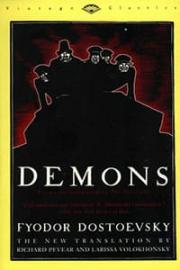
Demons
Classic Fiction
Although titled The Possessed in the initial English translation, Dostoyevsky scholars and later translations favour the titles The Devils or Demons. An extremely political book, Demons is a testimonial of life in Imperial Russia in the late 19th century. As the revolutionary democrats begin to rise in Russia, different ideologies begin to collide. Dostoyevsky casts a critical eye on both the radical idealists, portraying their ideas and ideological foundation as demonic, and the conservative establishment’s ineptitude in dealing with those ideas and their social consequences. This form of intellectual conservativism tied to the Slavophile movement of Dostoyevsky’s day, called Pochvennichestvo, is seen to have continued on into its modern manifestation in individuals like Aleksandr Solzhenitsyn. Dostoyevsky’s novels focus on the idea that utopias and positivist ideas, in being utilitarian, were unrealistic and unobtainable. The book has five primary characters representing different idiologies. By exploring their differing philosophies, Dostoyevsky describes the political chaos seen in 19th century Russia. [Plot introduction] The novel takes place in a provincial Russian setting, primarily on the estates of Stepan Trofimovich Verkhovensky and Varvara Stavrogina. Stepan Trofimovich’s son, Pyotr Verkhovensky, is an aspiring revolutionary conspirator who attempts to organize a knot of revolutionaries in the area. He considers Varvara Stavrogina’s son, Nikolai, central to his plot because he thinks Nikolai Stavrogin has no sympathy for mankind whatsoever. Verkhovensky gathers conspirators like the philosophizing Shigalyov, suicidal Kirillov, and the former military man Virginsky, and he schemes to solidify their loyalty to him and each other by murdering Ivan Shatov, a fellow conspirator. Verkhovensky plans to have Kirillov, who was committed to killing himself, take credit for the murder in his suicide note, but his scheme falls apart.



